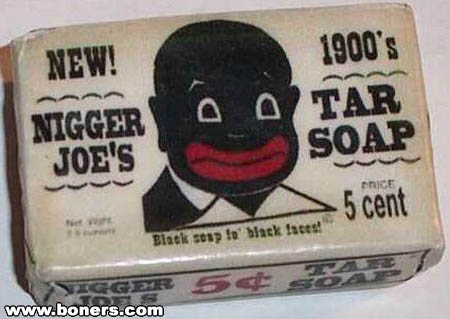Eg: Natural soaps are sodium or potassium salts or fatty acids, which are originally sourced by boiling lard or other animal fat together with lye or potash (potassium hydroxide). (Note that fat is an acid, lye or potash is a base, and soap is a salt).
Like all salts, soap contain a positive ion, usually Na+ or K+, and a negative ion.
How is Soap Produced?

Soap is produced through a chemical reaction between an acid and a base. This process is known as saponification. A myriad of products, ranging from bar soap and toothpaste to shaving cream is made through method. The only difference is the type of fat and the type of base that the product is made from.

Soap is produced through a chemical reaction between an acid and a base. This process is known as saponification. A myriad of products, ranging from bar soap and toothpaste to shaving cream is made through method. The only difference is the type of fat and the type of base that the product is made from.
The following are the descriptions of five different types of soap.
- Deodorant soaps
Soaps that have been added with antibacterial agents to reduce odour-causing bacteria. - Cream soaps
Soaps that contain cold cream materials, moisturisers and emollients; particularly good for dry and delicate skin. - Medicated soaps
Soaps that contain antibacterial ingredients to treat acne and other skin disorders; require thorough rinsing and are not recommended for sensitive skin. - Oatmeal soaps
A rough-textured soap that has been added with oatmeals as a mild abrasive and lather; good for oily, dry, and normal skin. - Floating soaps
Soaps that have air bubles in them to lower their density, thus causing them to float.